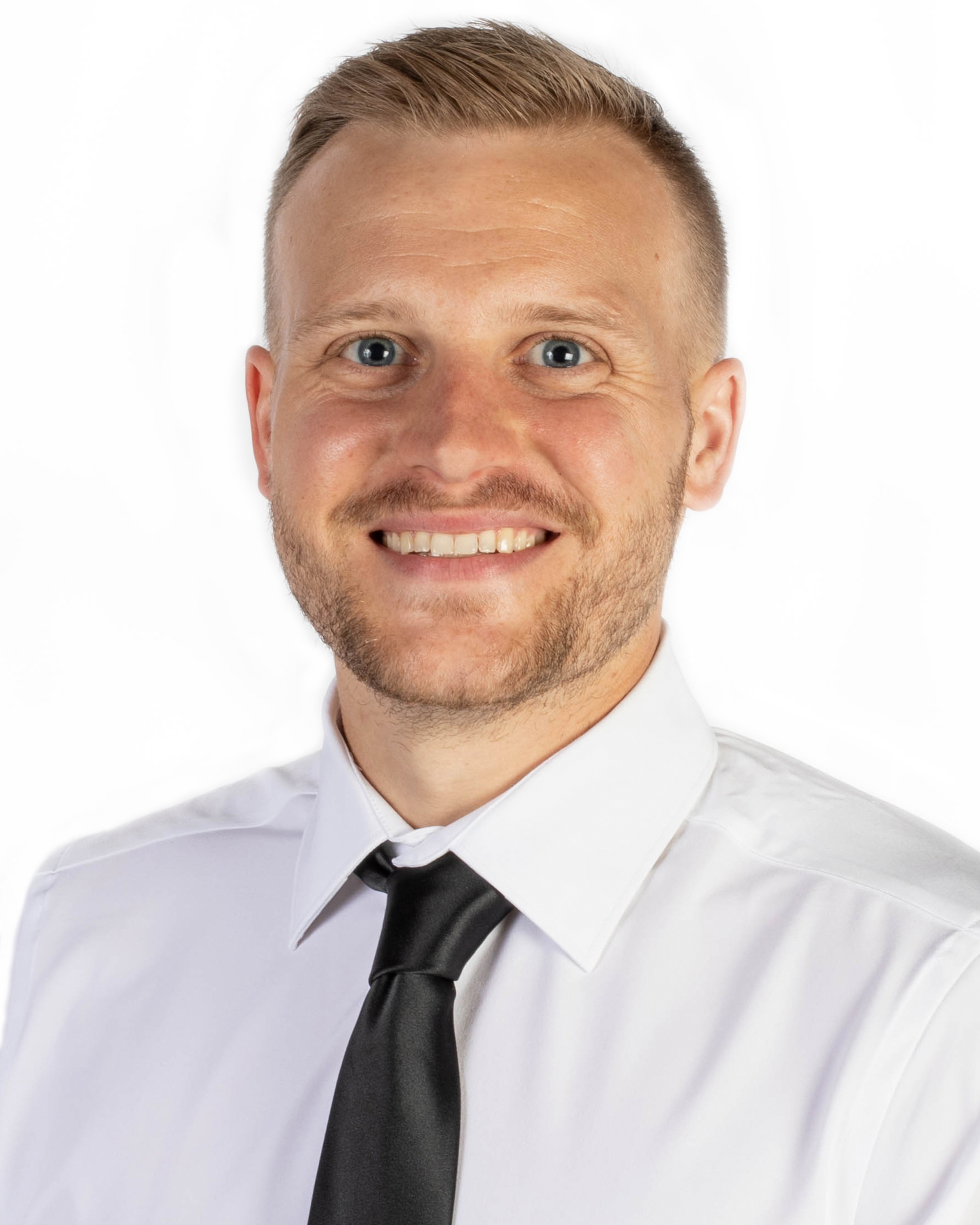In recent years, a shortage of physicians is one of the most significant barriers for healthcare facilities to make care more accessible and cost-effective. A report released by the Association of American Medical Colleges (AAMC) declared that the U.S. faces a projected shortage of between 37,800 and 124,000 physicians within 12 years.
What Determines Where New Physicians End Up?
A deciding factor in where physicians end up practicing is where they did their residency training. Therefore, it is crucial for healthcare organizations to continuously improve their residency and clinical training programs to recruit talented physicians.
Factors that affect a resident’s program selection are: level of education, accreditation, professional development opportunities, and the facilities themselves. All play a crucial role in recruiting new residents.
Emerging technologies incorporated into these environments play a vital role in the overall effectiveness of these factors because they modernize training by mere perception and add to overall capabilities for more efficient learning.
Technology's Role in a Medical Learning Environment
Technologies enhance the resident experience and instruction. Facilities integrated with the latest technologies provide the most innovative use of space by reducing resources and improving efficiency and workflows.
One of these emerging technologies incorporated in medical learning environments or healthcare training is video technology. Video technology is being implemented in more resident and clinical observation and clinical environments to improve skill development, retention, and engagement. Video platforms don’t rely on a trainee’s memory, and they can play back their performance. This playback allows trainees to review a lesson or technique more thoroughly, which can be used for almost all core competencies.
Facilities with innovative video technology deliver more modern and improved educational opportunities. Where normal direct observation must be done in person and in real-time, video technologies can be used to remotely observe or review sessions. They also reduce the resources and space required by allowing the viewing of multiple sessions at once or at later times. They can improve a facility’s workflow by implementing different recording functions, start/stop options and make each session more fluid. This can also help healthcare organizations establish themselves as leaders in medical education and training.
Video and recording technologies can streamline the collection of data related to accreditation requirements, such as student outcomes, faculty qualifications, and institutional finances. This can help accreditation agencies to assess institutions more efficiently and accurately. Technologies can automate certain aspects of the accreditation process, such as data analysis and quality assurance. They can provide the accuracy needed realistic and evidence-based core competencies.
Video Features to Keep in Mind
By implementing video software and hardware, healthcare organizations can enhance residency observation, training, and research initiatives. Select a system that can provide benefits to both students and instructors. Identify features that allow educators to observe multiple students and rooms at once and can switch seamlessly from camera or room.
Self-reflection and assessment features help keep students engaged and retain information. Real-time feedback and debriefing tools that identify key moments during recordings provide improved development and evaluation outcomes.
Additionally, ease of use for playback and debrief should allow instructors and students to view clinical skills training sessions at any time using nothing more than a simple Internet browser. The entire system should support and manage multiple use cases across the organization with each experience tailored to their individual needs and workflows. Lastly, security should be top of mind with user permissions to allow granular access to individuals and groups, helping institutions comply with HIPAA standards.
In conclusion, healthcare facilities can enhance their recruitment efforts by improving residency and clinical training programs and incorporating emerging video technologies, such as VALT. By offering comprehensive and accessible medical education, healthcare organizations can attract and retain talented physicians, ultimately improving patient care and satisfaction.
How the right audio/video capture solution enhances healthcare training and higher education.
Are you in the process of selecting a video capture system for your healthcare space? Download our guide The Next Generation of Audio/Video Capture in Healthcare and Higher Education, to plan and evaluate the features and capabilities that make the most sense for your program to enhance its learning or training environment.







